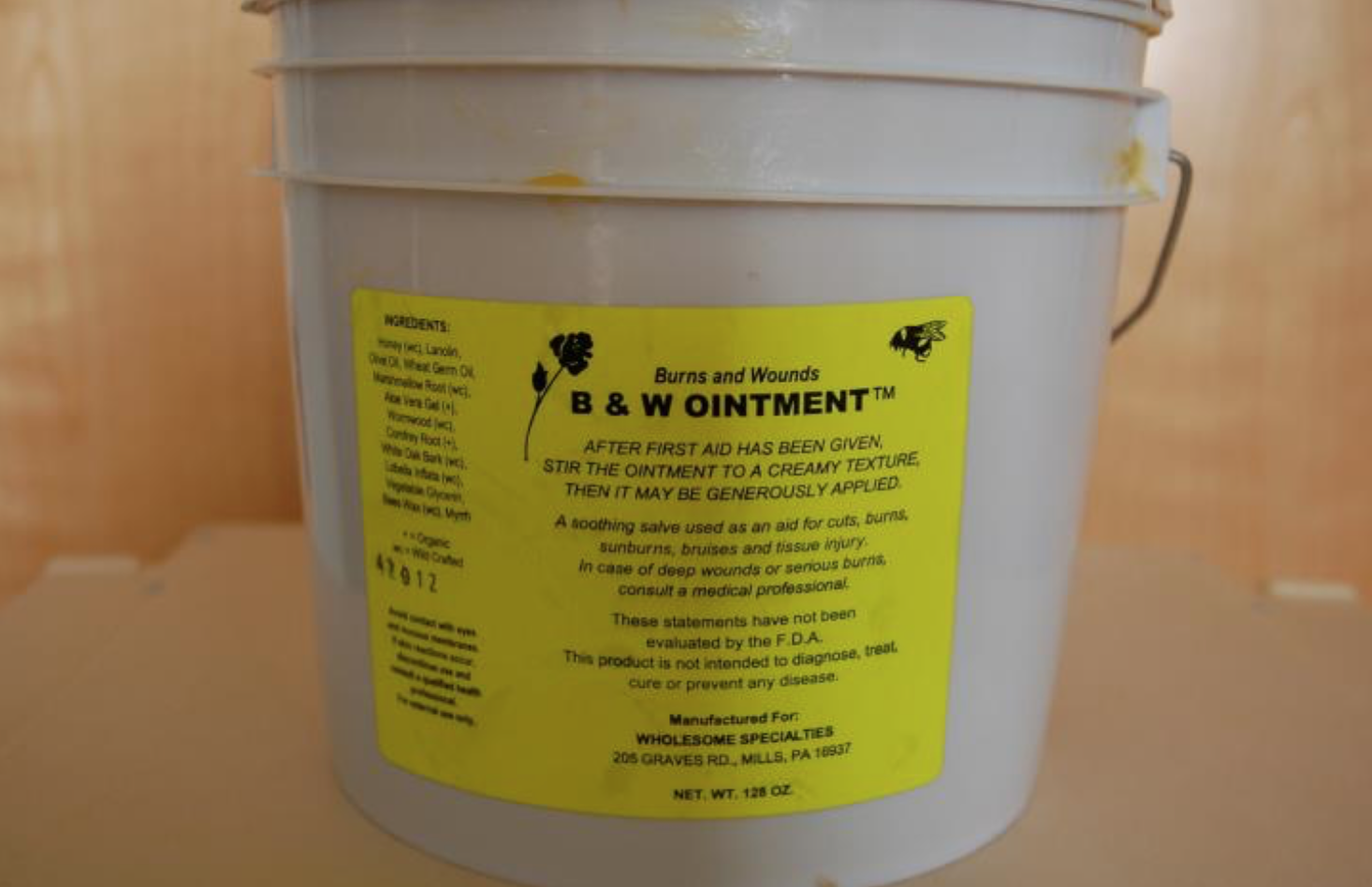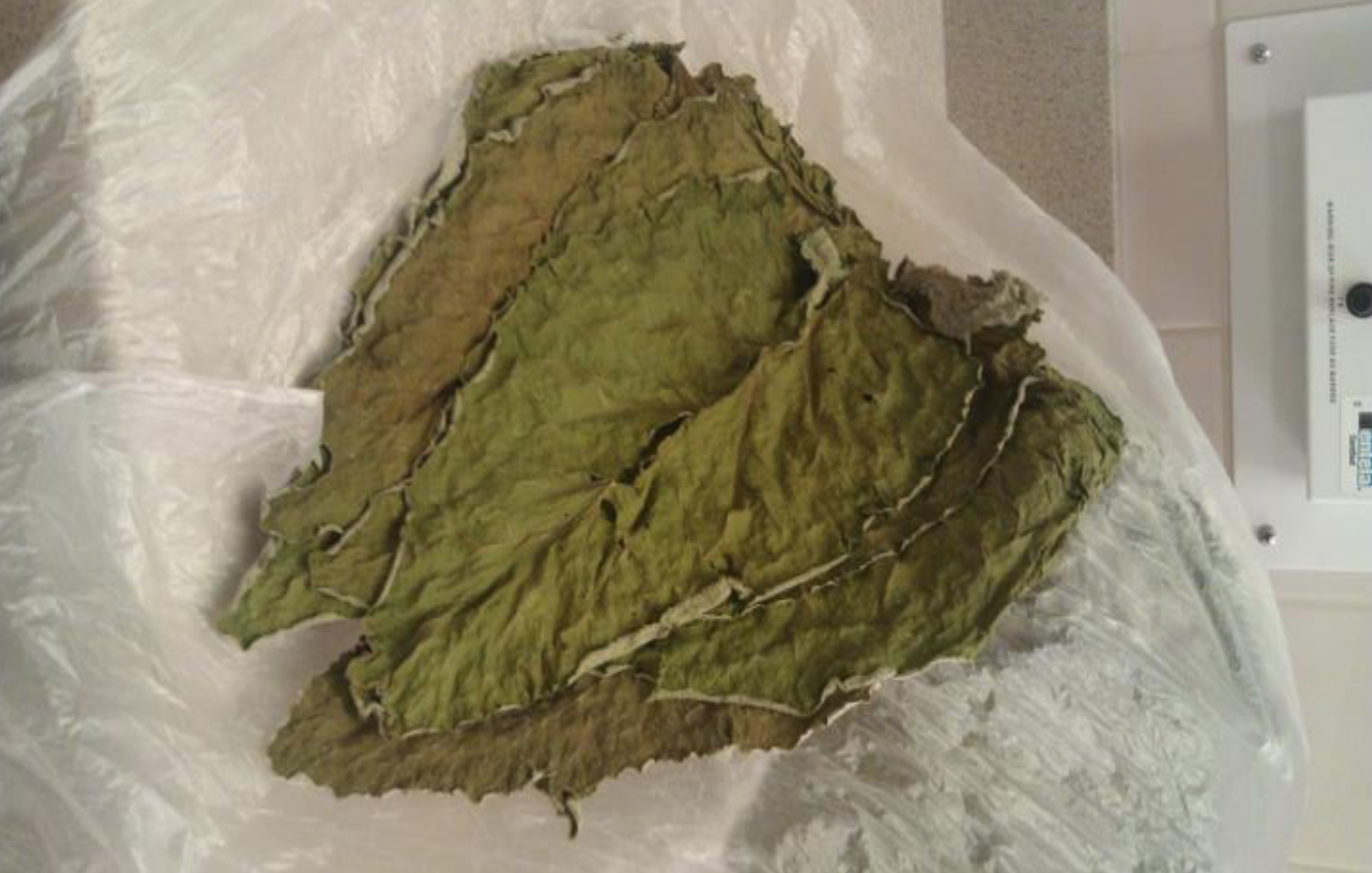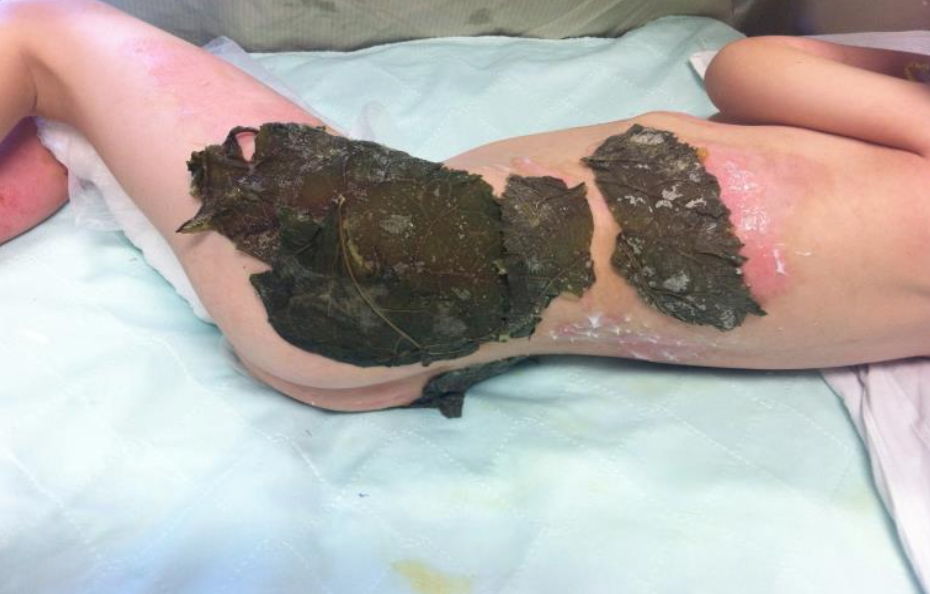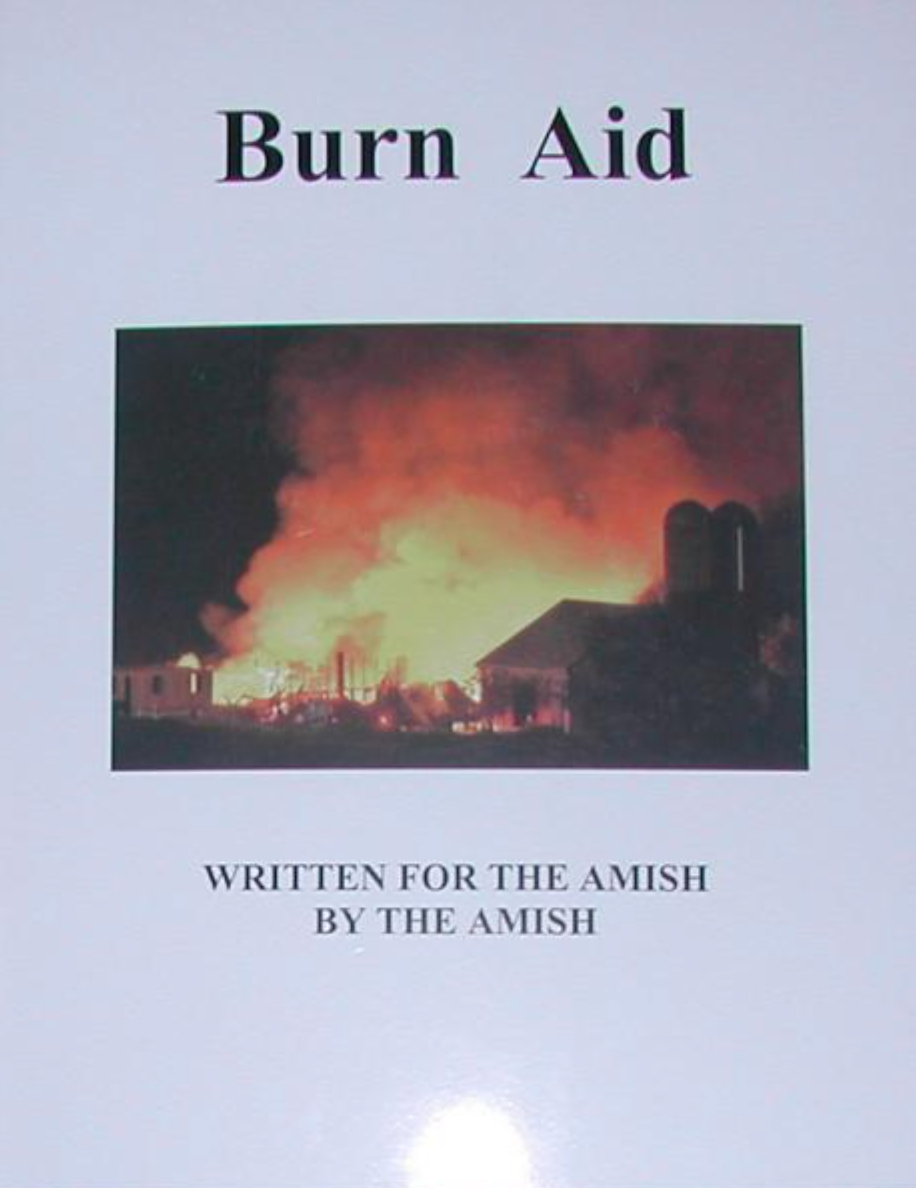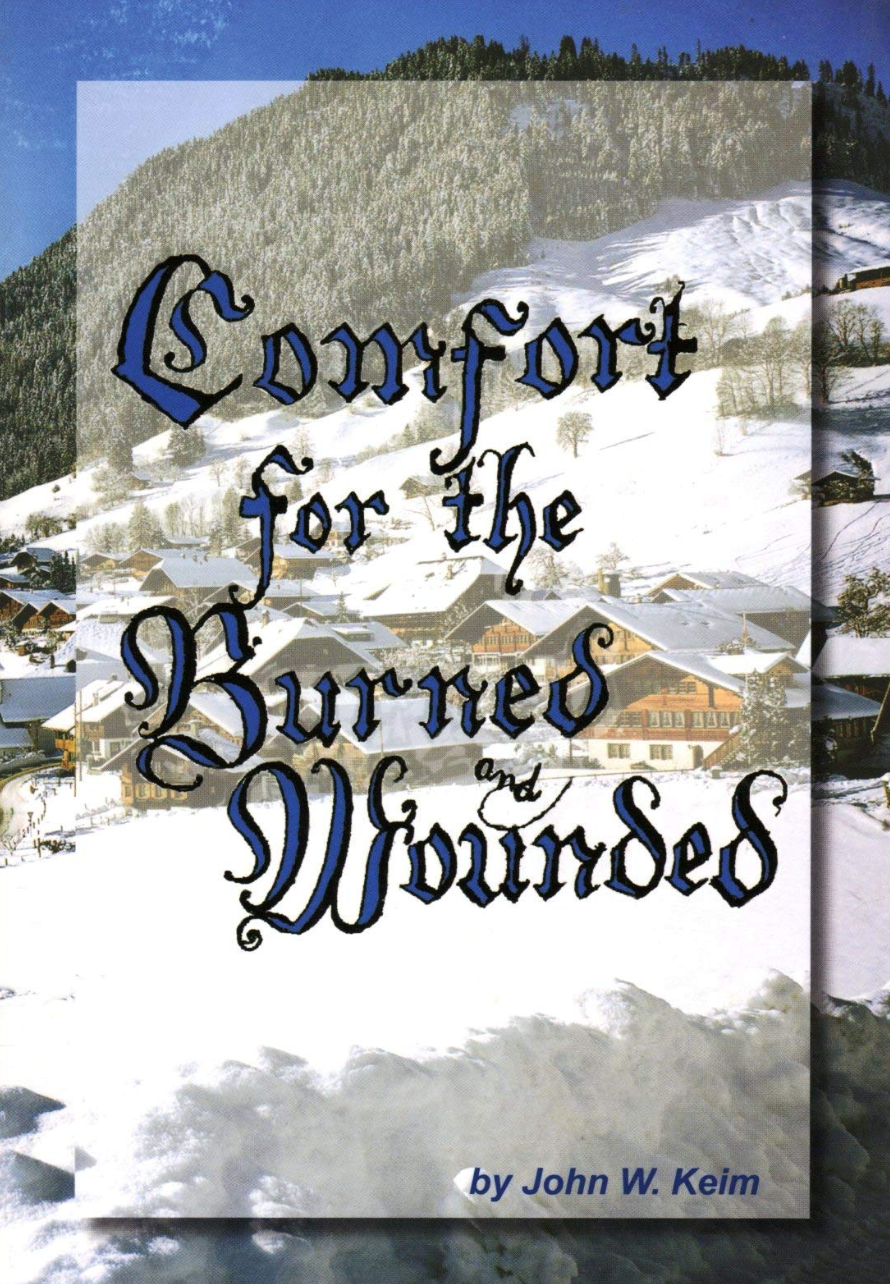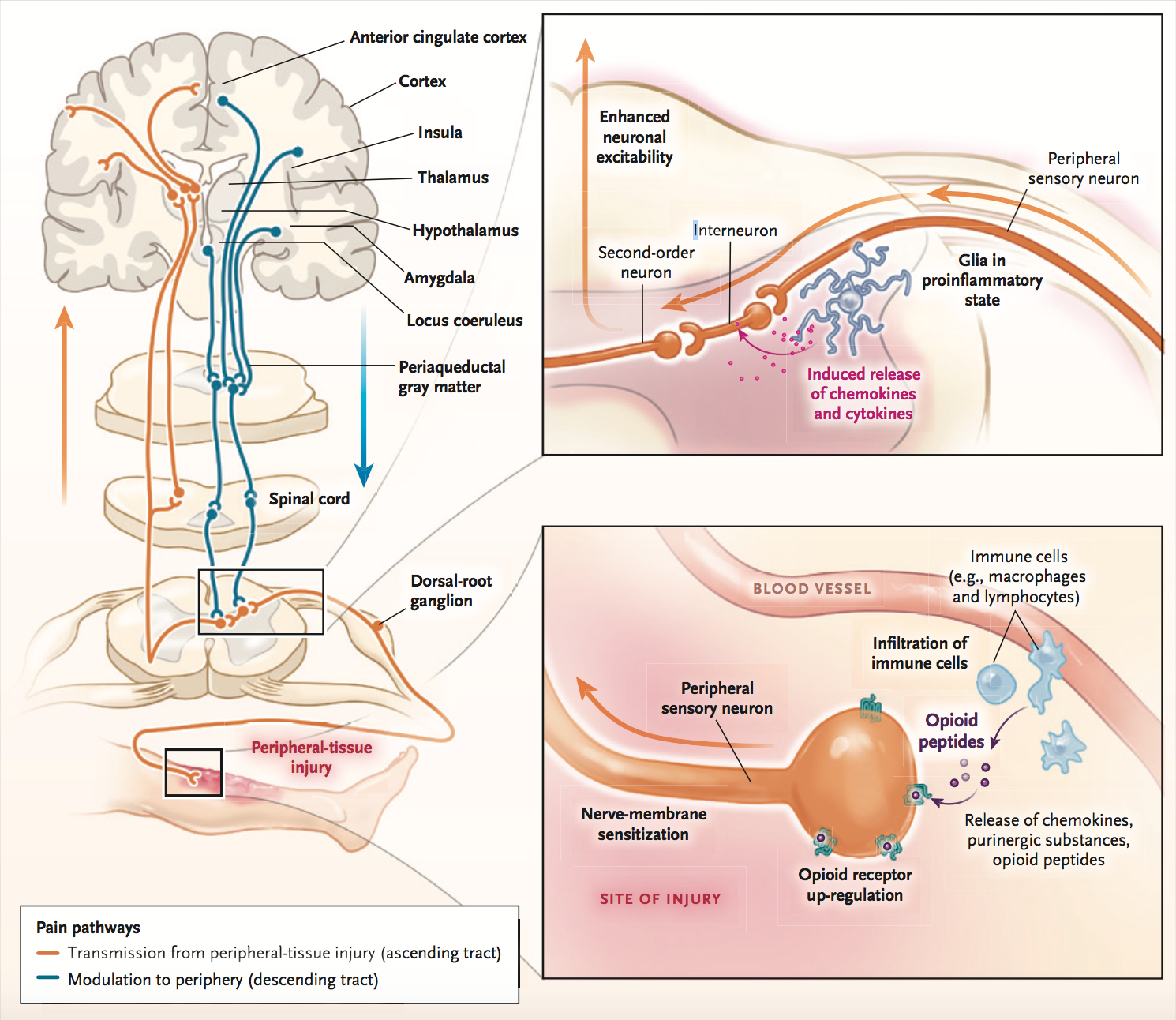It is an honor to share how Jill Krystofinski changed my life. I was burned, third degree, on two-thirds of my body in 1967, when I was four years old. Back in those days, anesthesia was given by force, with a mask held down on a child until they fell asleep. Also, because of my many operations, my veins have become scarred and resistant to IV insertion. I had over 40 surgeries, each of one of which frightened me to my core.
Recently, I began to have laser treatments and I was terrified. As much as I wanted the new treatments, IV insertions were painful, often requiring numerous attempts. The mere smell of the rubber mask panicked me. And I vomited repeatedly after every procedure. But not after I met Jill.
Jill worked on one of my operations and saw how scared I was. She reached out to me the day after and said, “I want to understand everything that makes surgery hard for you. We are going to make this better, so it just feels like going to the dentist.” Tearfully, I explained all my issues and she solved every one of them, painstakingly, diligently and with warmth and care. Now IV insertion is a piece of cake. I don’t even see the mask. No more nausea. No pain at all.
I cannot recommend Jill Krystofinski highly enough. She is that rare person who is both highly gifted, and who also has a big heart. I never thought that I could have pain-free, anxiety- free surgery, given my years of trauma. But Jill made that happen.
Last year, I spoke at the World Burn Congress, and told people about Jill. I saw some many people in the audience sigh and shake their heads, wishing they too had a Jill in their life, to make their burn care easier. All I can say is, if you are lucky enough to have access to Jill Krystofinski’s skills, you are very lucky indeed.
Lise Deguire, author of Flashback Girl: Lessons on Resilience from a Burn Survivor





